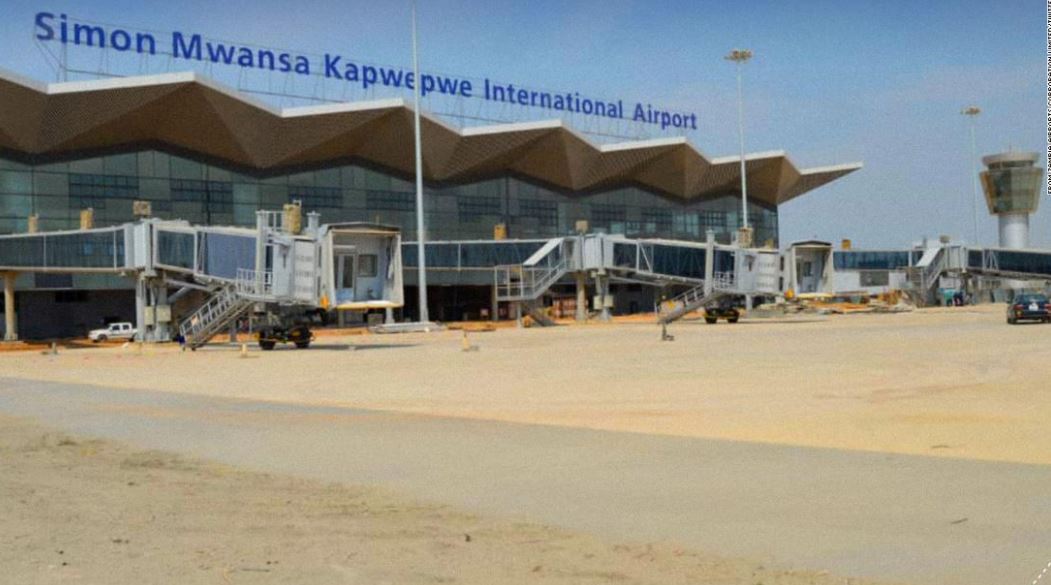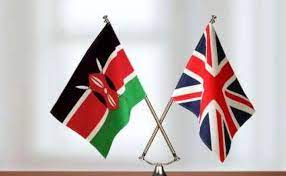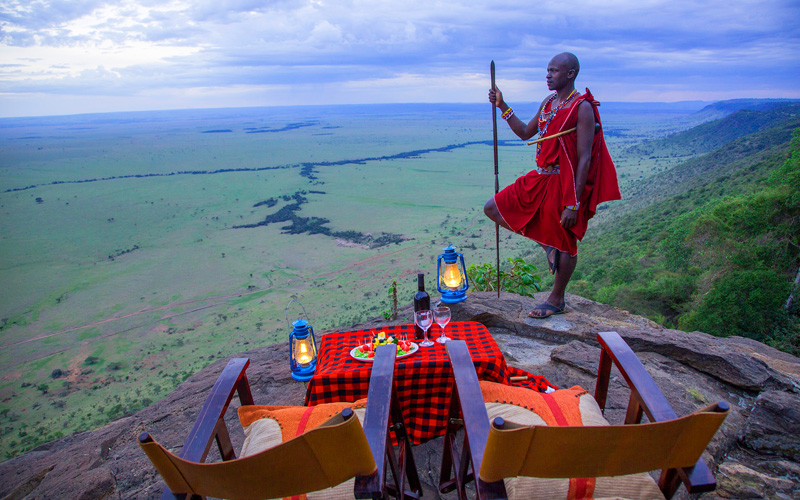Tourists now prefer a shorter period between booking and traveling to avoid any uncertainties arising from Covid-19 restrictions.
According to a report by the by the Kenya Association of Travel Agents (KATA) and Amadeus search agency they want actual travel dates that are not far apart from the booking date.
This has seen booking times down to 16 days in 2021 from 26 days in 2019.
“The constantly changing travel restrictions has affected early bookings and most Kenyans prefer to book close to their departure date,” said KATA.
According to the report, 72 per cent of searches in June had a departure date in either June or July as tourists reduced booking time.
Sixty three percent of international travellers searching for Kenya as a destination in June planned to travel within the next three months which KATA noted was a shorter time compared to the past.
The report however showed a positive trajectory for travel during the course of 2021, with a gradual increase in searches and destination travel demand.
The average daily search activity of Kenyans in June was eight per cent higher than the year-to-date average and in July it was 35 per cent above the 2021 average.
The most searched destination by Kenyans in June 2021 was USA at 30 per cent, Tanzania and UAE 5 per cent, and UK 4 per cent while the most booked destinations were UAE with 15 per cent of total bookings, USA 12 per cent, Tanzania 7 per cent and Ethiopia 6 per cent.
KATA notes that UAE was in the lead due to fewer Covid-19 travel restrictions.
In East Africa, Tanzania was the leading destination for Kenyans especially for leisure activities. The demand was driven by relaxed Covid-19 border restrictions for Kenyans visiting the country.
Seat capacity among international airlines operating from Kenya was noted to be recovering gradually compared to 2019 volumes, although it is slightly behind the global average.
The capacity to international destinations is currently at 51 per cent whereas globally it is at 63 per cent.
For domestic destinations, the capacity is slightly higher at 86 per cent while globally it is at 91 per cent.
The average daily search activity of international travellers interested in Kenya in June was 10 per cent higher than the year-to-date average, according to KATA.
In July it was already 31 per cent above the 2021 average.
Most searches for travel to Kenya in 2021 originated mainly from USA with 43 per cent of total demand, followed by Germany 8 per cent, UK 7 per cent and Canada 4 per cent.
On the outlook on recovery, travel demand remains significantly below pre-Covid levels owing to international travel restrictions in key markets in Europe, North America and Asia but is steadily rising.
The data presented indicated that Covid-19 related restrictions were a showstopper as 84 per cent of respondents said they won’t travel if there is a chance of quarantine.
Jamel Chandoul Senior Vice President, MEA Amadeus who spoke during the release of the report noted that the sector’s recovery will be driven by rebuilding traveller confidence and trust.
According to the United Nations’ World Travel Organization (UNWTO), it is important for countries to start lifting travel restrictions to significantly improve traveller confidence.
Mohammed Wanyoike, KATA Chairman expressed confidence on the industry making a full recovery sooner rather than later.
“The industry is currently performing at about 40 per cent of the 2019 numbers and this is an indication that the worst is behind us,” he said.
Kenya’s tourism and travel industry took a beating from pandemic, with the Tourism Research Institute indicating over 1.2 million jobs lost.
Source: The Star





